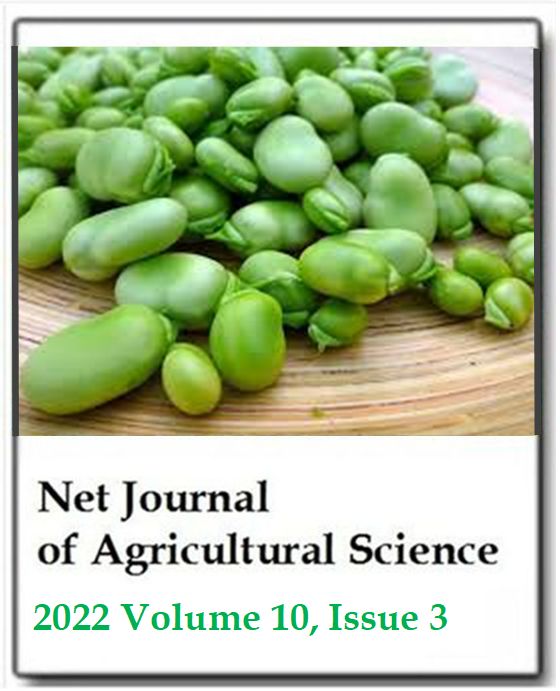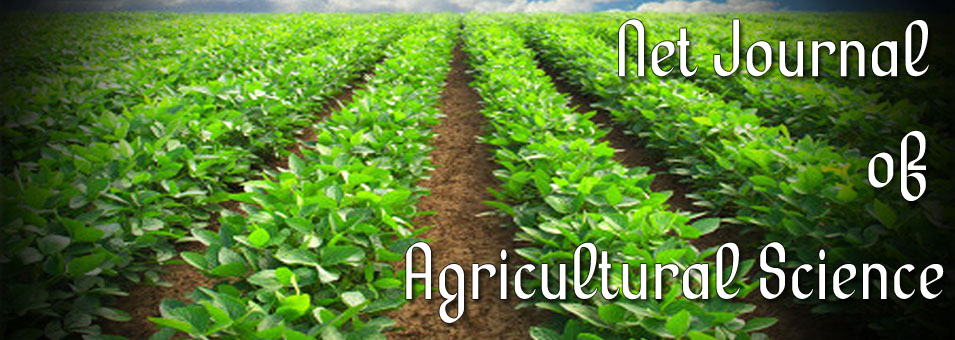Progress of common bean breeding and research achievements in Southern Ethiopia
Fitsum AlemayehuNet Journal of Agricultural Science
Published: September 5 2022
Volume 10, Issue 3
Pages 59-65
ABSTRACT
Common bean (Phaseolus vulgaris L.) is one of the major legume crops in southern Ethiopia. It is used for home consumption, income generation for emerging small-scale farmers, and to earn foreign currency for the country. The crop plays a major role in the different cropping systems such as intercropping, double cropping and relay cropping, and it serves as a rotational crop in the system. In contrast, there is a wide gap between the actual and the potential yield. The main constraints for low productivity are the lack of improved varieties for different abiotic (e.g moisture stress and low soil fertility) and biotic problems (diseases and insect pests).The southern region bean research program aimed to boost production and productivity via a selection of superior genotypes from aquestion of germplasms from the national program and Centro international agricultural tropics (CIAT), by hybridization, population development, and adapting released varieties from other places. Currently, the research center acquired a molecular laboratory to modernize conventional breeding and many activities were initiated to improve the problems of the released varieties genetically. The great achievement was recorded by releasing more than ten varieties in different market classes such as red speckled, small red, white beans, and other pinto beans market classes. Moreover, a great effort was carried out for the dissemination of those varieties by using wider impact, participatory variety selection, pre-extension demonstration, pre-scaling –up (PED), and significant impact created to replace the old varieties and to increase the productivity and the production of the crop as well. This Review article has used different completed activities achievements and the ongoing activities milestones at different stages of the improvement process. The baseline information is the major breeding scheme of the improvement work in relation to the result archived in the two and three decays. Generally, the research contributes to increasing food security, income, and the livelihood of small-scale farmers.
Keywords: Common bean, Phaseolus vulgaris, varietal development, conventional breeding.
Full Text PDF
ISSN: 2315-9766
